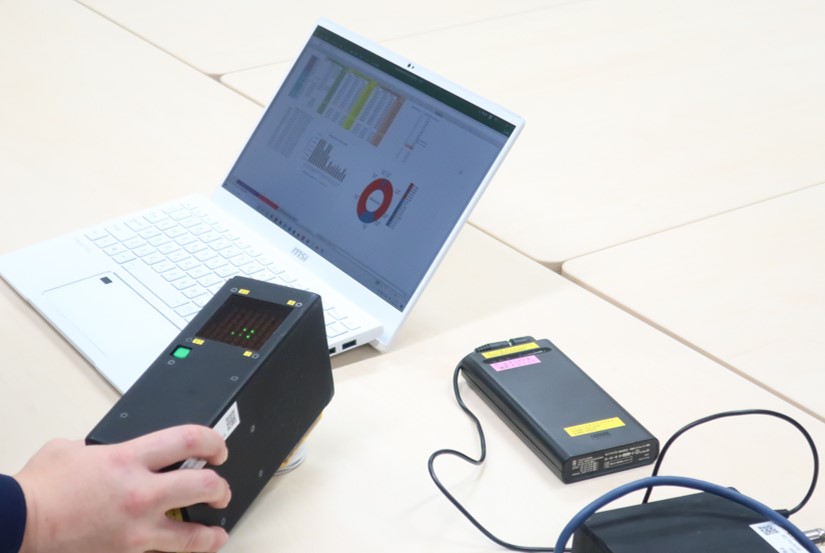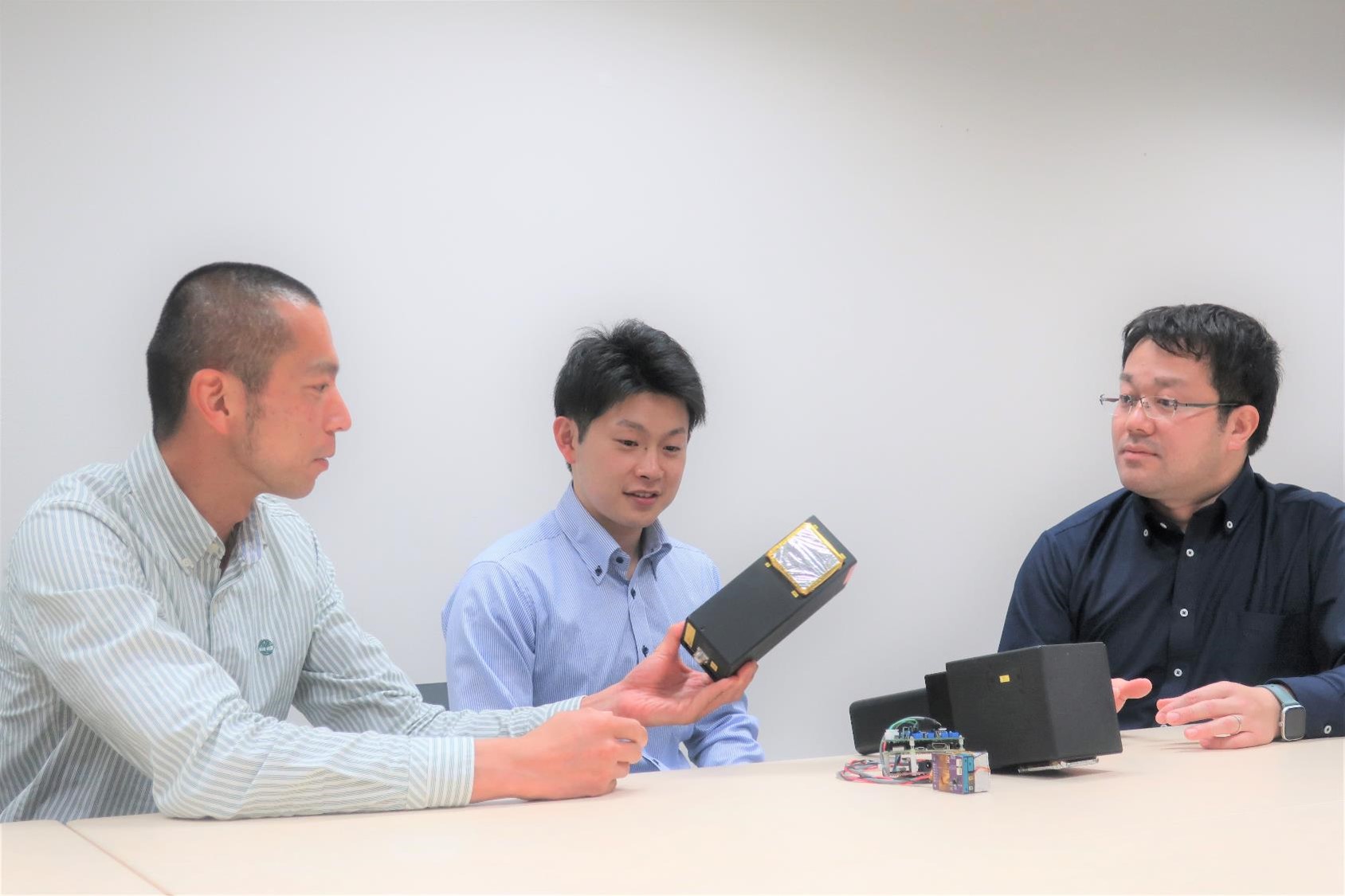Web Magazine: Topics Fukushima
Topics Fukushima No.109
May. 23, 2022
"In-situ" measurement of radioactive materials generated during the removal works of nuclear fuel debris at the Fukushima Daiichi Nuclear Power Station (the 1F)

▽Contents
1."In-situ" real-time monitoring of airborne alpha particles for improving the safety of radiation workers at the 1F
2.Importance of monitoring alpha particles "in-situ" in a real-time manner
3.Newly developed system "IAAM"
1. "In-situ" real-time monitoring of airborne alpha particles for improving the safety of radiation workers at the 1F
Radiation is categorized as alpha(α)-rays, beta(β)-rays, gamma(γ)-rays, X-rays, or neutrons. The penetration of radiation depends on the type of radiation.
Amongst the above-mentioned types of radiation, α-rays, which consist of helium ions (He2+), have the heaviest mass. For this reason, α-rays (α-particles) can be stopped by a single piece of paper but, at the same time, they leave larger energy on the irradiated material. This means that, if α-particles are inhaled in a human body, the effect of the radiation (i.e. internal exposure) becomes significant even if they are extremely tiny particles.
2. Importance of monitoring alpha particles "in-situ" in a real-time manner
The risk of internal exposure of α-particles is a realistic but significant concern during the upcoming removal works for the "(nuclear) fuel debris", a complex mixture with a range of different materials including nuclear fuels, that are remains in the damaged reactors of the 1F.
The removal works for fuel debris of the 1F are expected to scatter radioactive particles including α-particles in the operation areas closed for radiation safety. The scattered radioactive particles are then drifted in the humid and high radiation condition in the damaged reactors. In such a damp condition with high radiation, conventional monitoring systems are not applicable due to many practical and technical reasons. Additionally, the conventional systems are "ex-situ" and non-real-time.
In order to minimize the radiation exposure of workers and maximize the radiation safety during the removal works, the development of the "in-situ" and real-time monitoring system for radiation, particularly for α-rays, has been eagerly expected.
3. Newly developed system "IAAM"

A research team at JAEA developed a novel monitoring system "in-situ alpha air monitor: IAAM" that enables to measure radiation from airborne α-particles in-situ in a real-time and continuous manner. This remarkable ability of IAAM for monitoring α-particles contributes the improvement of radiation safety during the removal works at the 1F, as well as the reduction of the radiation exposure and the smooth delivery/sharing of information when unexpected events (e.g. leakage of radiation) happen. The IAAM is applicable not only to the removal works at the 1F, but also to the decommissioning of nuclear fuel facilities, which will begin in earnest in Japan.
JAEA continues research and development activities for the decommissioning of nuclear-related facilities.
